Lipids, Membranes, And Membrane Proteins
Fatty Acid Structure
Have a carboxyl group on the alpha end of a hydrocarbon tail. The omega carbon is the final carbon on a tail.
When the tail has double bonds (unsaturation = removing electrons), add a Δ at the position of the double bond. For example: 16:1(Δ5) is a fatty acid with 16 carbons and one double bond at position 5.
Naturally occurring fatty acids have cis double bonds. These won't pack as tightly as trans fatty acids which have a higher melting point. Trans-fats, like olive oil, are therefore liquid at room temp.
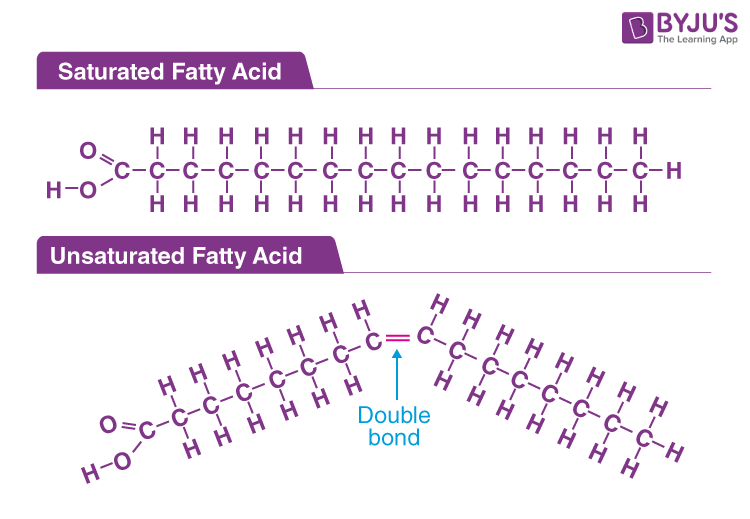
Lipid classes
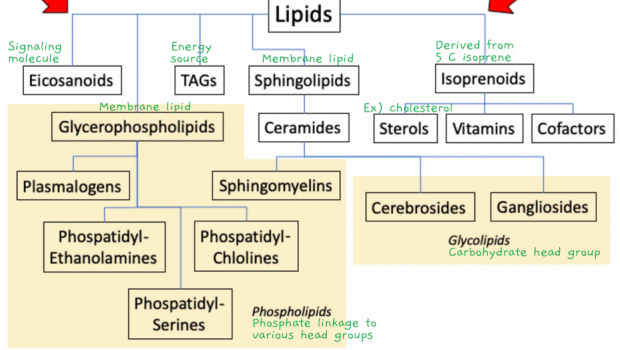
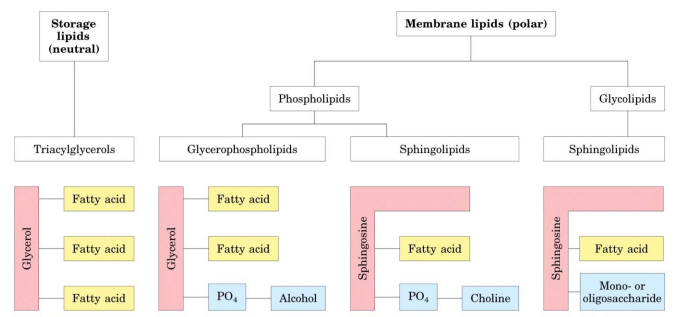
Lipids can be divided into two classes: Fatty acids and isoprenes. The two types of membrane lipids are glycerophospholipids and sphingolipids
Triacylglycerols
Only lipid used for energy storage. Contains 3 fatty acids (ester bonds). No polar head groups makes it poorly soluble. Is transported in lipoprotein complexes.
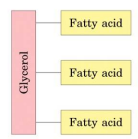

Glycerophospholipids
Derived from phosphatidic acid (glycerol + 2 fatty acids and phosphate). Has a phosphatidyl-insert head group.
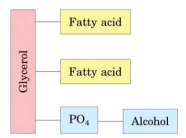
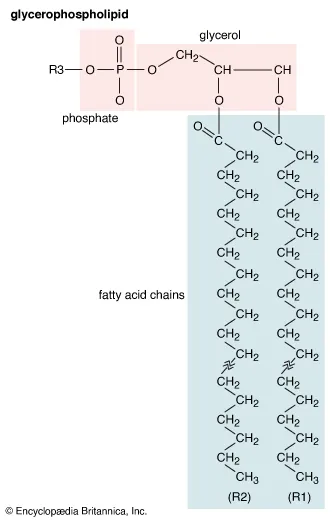
Plasmalogens
These are precursors to signaling molecules (e.g. platelet activating factor). Similar structure to phospholipids, but has an ether linkage.
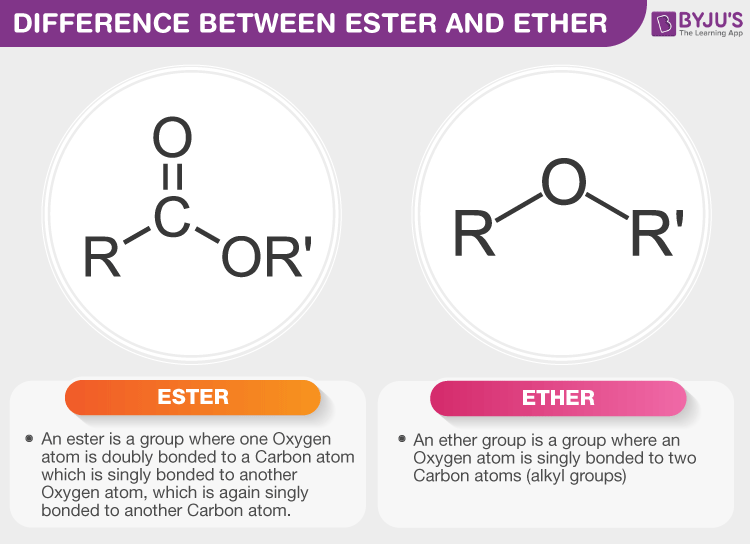
Sphingolipids
These are important for sugar coating (glycocalyx) mammalian cells. Also a key player in blood groups. Defects can cause lysosomal storage diseases. Has a sphingosine backbone, a fatty acid tail, and a polar head group.
Ceramide: Simplest sphingolipid. Hydrogen head group.
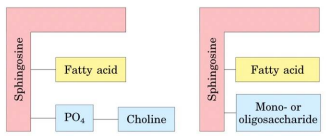
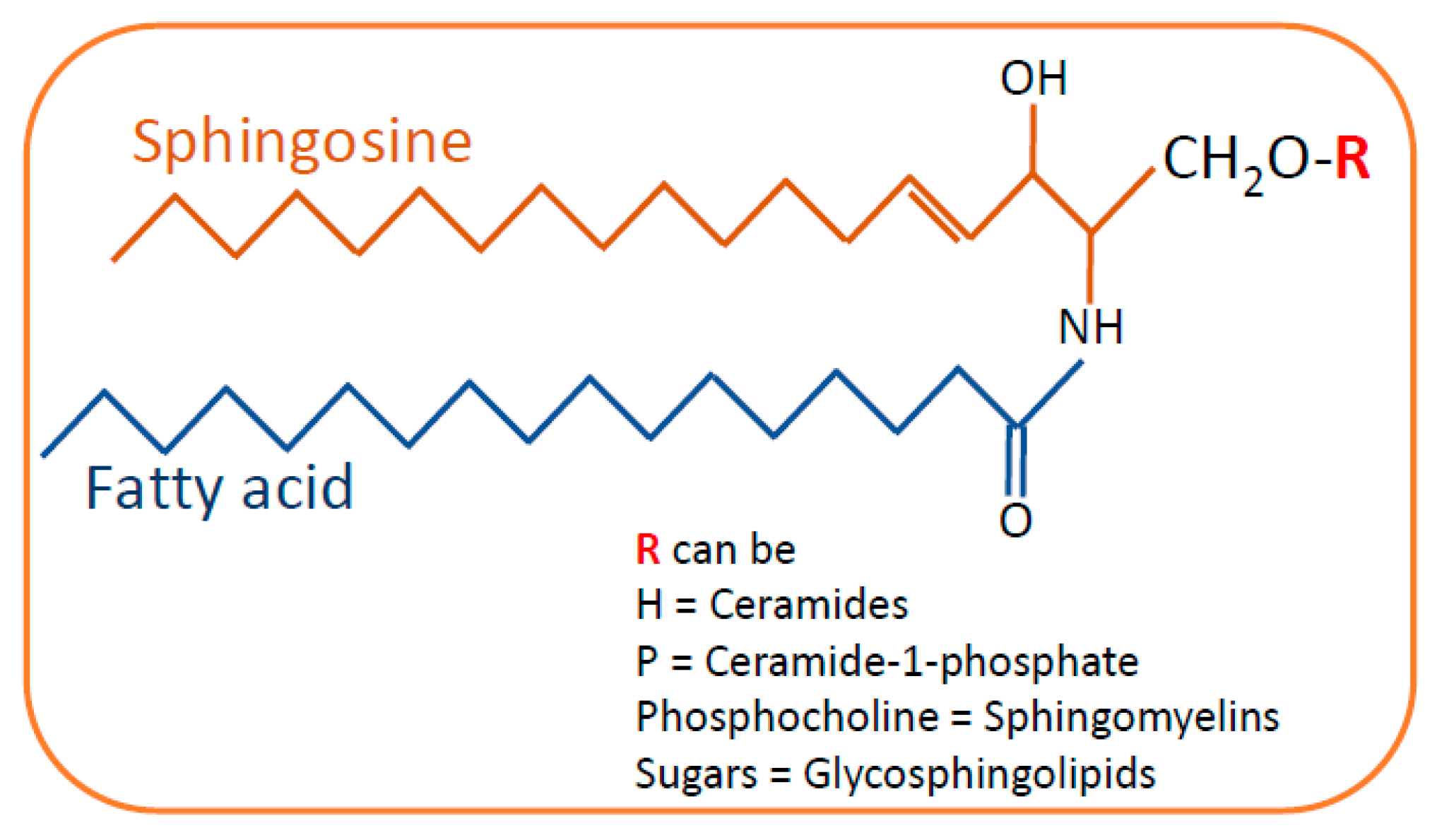
Sterols
Has 4 rings and a polar head group.
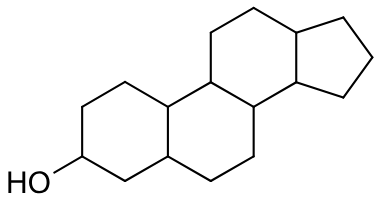
Notable alumni
- Cholesterol
- Fat soluble vitamins E/A/K
- Ubiquinone (electron carrier)
Membrane notes
Membranes contain lipid rafts. These are high in cholesterol (non-fluid) and often have GPI anchored membrane proteins.
Glycosylphosphatidylinositol (GPI) anchors: Allow proteins to attach to the outer leaflet
Peripheral proteins: Can be washed away with salt
Integral proteins: Require a detergent/treatment to be removed. These can be on one side of the bilayer or span both. For integral proteins which span, the portion inside is made of alpha helices/beta barrels which can form pores.
- Alpha helices: Hydrophobic amino acids
- Beta barrels: Hydrophobic amino acids closer to tails (outside of barrel) while hydrophilic amino acids are in the inside of the barrel